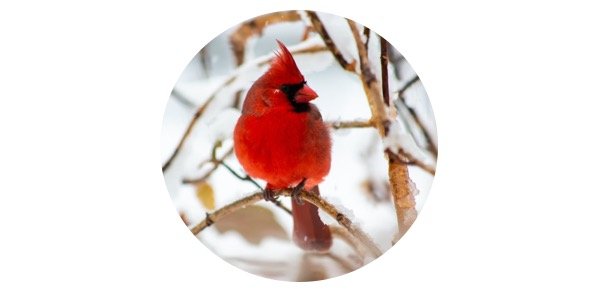New York State Bird: Description, Pictures, & Fun Facts
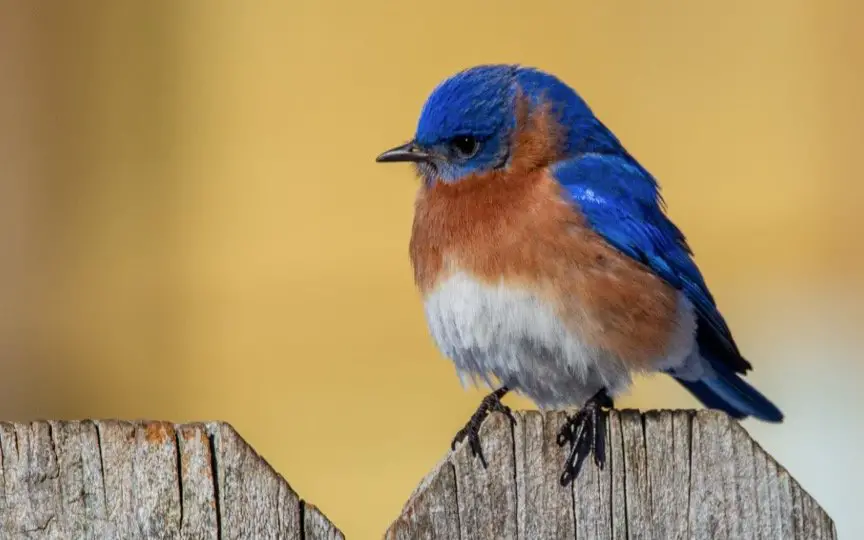
Table of Contents
What is New York State Bird?
New York is the 27th biggest state by land in the United States, yet it is the 4th most populated. It is the location of NYC Metropolis, the largest part of the United States. The Beaver is the state animal of NYC, but what is the state bird?
When it named the Eastern Bluebird (Sialia sialis) as its state bird in 1970, New York became the final state to do so. The bird, whose numbers had plummeted in the 1950s, now nests in nesting boxes throughout the state. The small songbird is well-known for its melodic prowess.
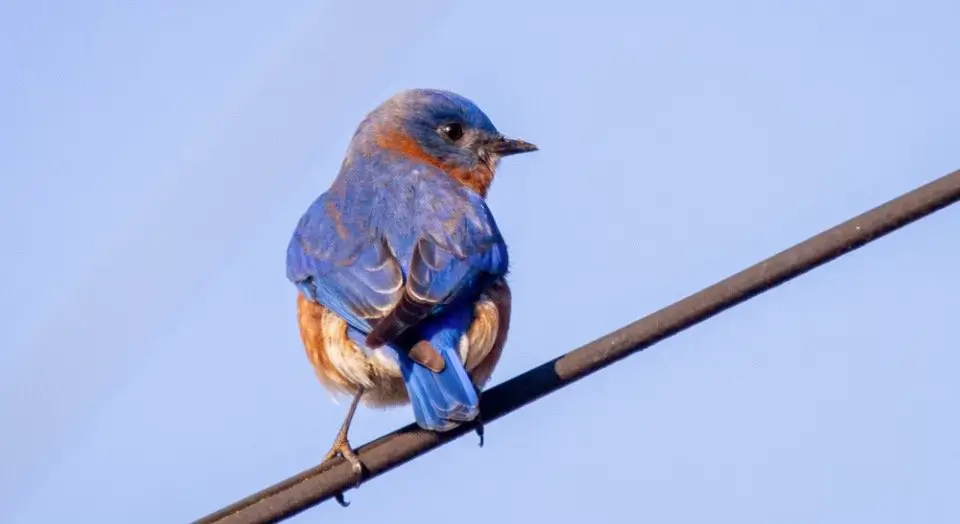
Why is Eastern Bluebird New York State Bird?
The Bluebird would have become an official bird of New York, much sooner, if someone hadn’t dropped the ball. On April 2, 1915, it celebrated the state’s beautiful avians for the first time. Before the day featured an informal poll to pick the state’s favourite bird, more than a decade of bird love had passed.
So, on April 13, 1928, Bird Day, the bluebird won the informal vote. Legislation was never passed, and the bluebird remained the unofficial state bird – for 42 years! Mr. and Mrs. Allen Christopher met Auburn Assemblyman George M. Michaels in the spring of 1969, asking him to submit legislation to make the bluebird’s status official.
The law could not be introduced until 1970 since it was too late in the year. The legislature, of course, voted yes, and now you may hear the bluebird’s “cheer-cheery up” singing and know you’re hearing the official bird of New York.
When did Eastern Bluebird become New York State Bird?
On May 18, 1970, the New York legislature enacted legislation designating the Eastern Bluebird as the state bird of New York. The Eastern Bluebird is also the official state bird of Missouri.
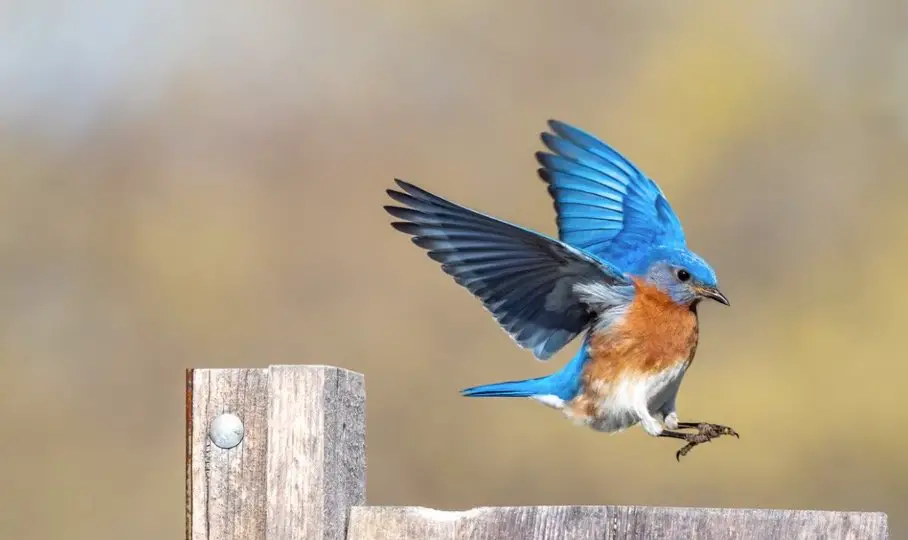
What does New York State Bird look like?
The Eastern bluebird normally develops to be six to seven inches long from head to tail. Its upper body is covered in a light blue, glossy plumage, while its breast downy is cinnamon red in spring and summer and rusty in fall.
The feathers on the female’s upper body take on a leaden colouring, although the neck and sides are yellow-brown. In this location, their pigmentation is duller than that of males. Their tummies are completely white. Their beak and foot are also black.
The bluebird has a wing span of 10 inches. These birds are roughly the same size as other songbirds, weighing between 0.84 and 1.09 ounces.
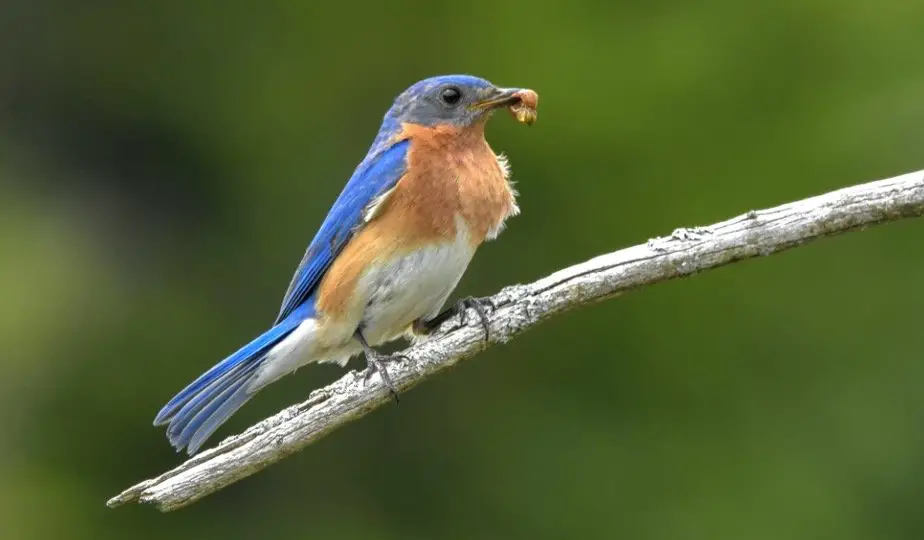
How do New York State Bird behave?
From early April through late November, the migratory eastern bluebird may be seen in New York. It constructs houses in rural places, such as meadows, open fields, and spacious yards. The bird sings a joyful song on a regular basis.
It is non-aggressive under normal conditions. Instead of making a new nest, these ingenious birds often nest in existing woodpecker holes. They favour those found in dead oak, pine, or other trees.
While most birds build their nests on the ground or up to 10 feet in the air, the bluebird chooses the forest’s penthouse flat and builds its home approximately 50 feet in the air.
When the Eastern Bluebird begins its breeding season, it gets aggressive. If other birds approach, it will attack them. Birds significantly bigger than themselves, such as hens and roosters, are included.
In March, bluebird couples begin their courting. A sweet, caring wooing is part of their March craziness. The guy sings to and woos his future partner with different masculine gestures. He’ll flutter ahead of her, wings stretched and tail feathers spread.
They will perch close to one other and preen each other’s feathers. The male will provide food for the female. Both parents seek for nourishment for their offspring after they are born. They bring the chicks’ food.
If the parents already had other broods at home, the elder children would also assist feed the hatchlings. They reach the fledgling stage at about 18 to 19 days and leave the nest on their own.
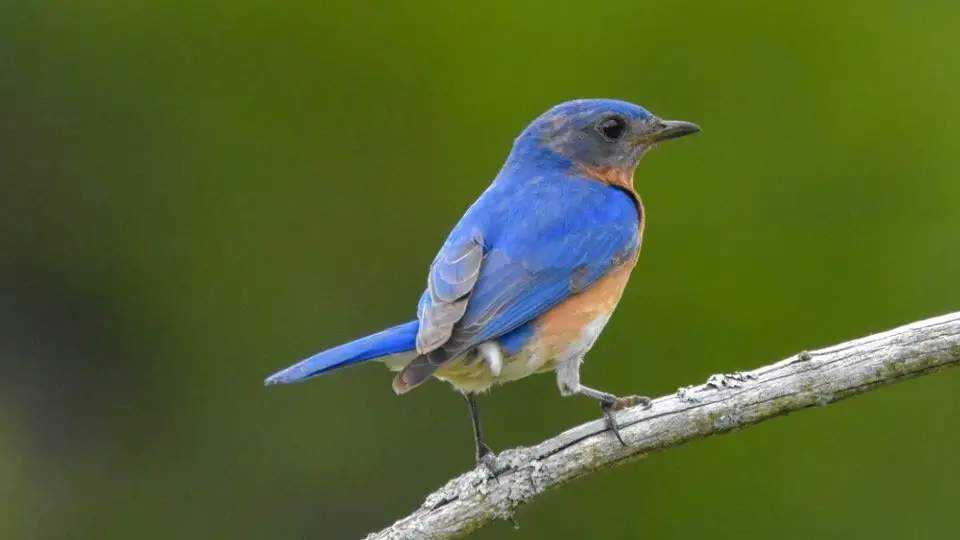
Do Eastern Bluebird form communities?
When it comes time to have a kid, the monogamous Eastern Bluebird couples change from gregarious to anti-social. The Bluebird usually flies in a flock of around 100 other birds, but when it falls in love, the pair separates.
If you encounter these birds in various states, you’ll notice that they breed at different times of the year depending on where you are. In Florida, for example, they breed in January, in Pennsylvania in mid-April, in Maine in June, and so on.
The female leads the construction of the nest. They look for a nesting box or a suitable hole. When the female breeds, she produces four to six light blue eggs. These affectionate birds breed twice or three times a year and rear two or three broods each year.
The male is in charge of the first nest with its babies, while the female is in charge of the second clutch of eggs.
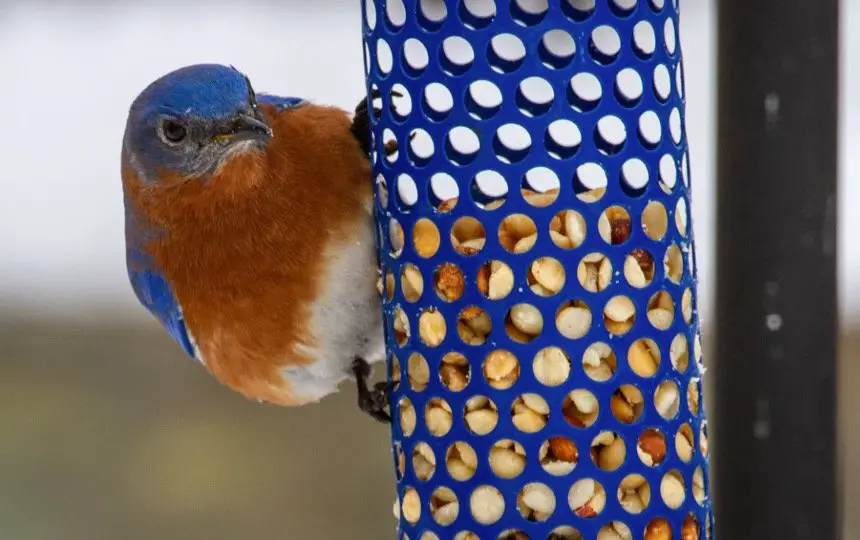
What do Eastern Bluebird eat?
Bluebirds hunt for food on the ground, eating insects, fruits, and seeds. Caterpillars, spiders, Coleoptera, and other insects are among the bluebirds’ favourite diets. When foraging for insects, the bird perches on the bark of trees.
Many of the insects they consume are helpful to farmers, since they would otherwise destroy crops. These birds will eat huge fruits that you would not often connect with a little bird. Although their preference for grapes seems to be proportionate to their size, the bluebird will also consume the considerably bigger fruits of figs and persimmons.
Throughout the autumn, they consume a meaty diet of grasshoppers in the vicinity. During the winter and spring, they may seem to follow a farmer about, but it is the area the farmer ploughs that the bird is interested in, not the farmer himself.
The bird allows the farmer to conduct the labour of turning the dirt, which exposes a variety of insects. Although the birds have favourites, they will eat any insects buried by the plough.
